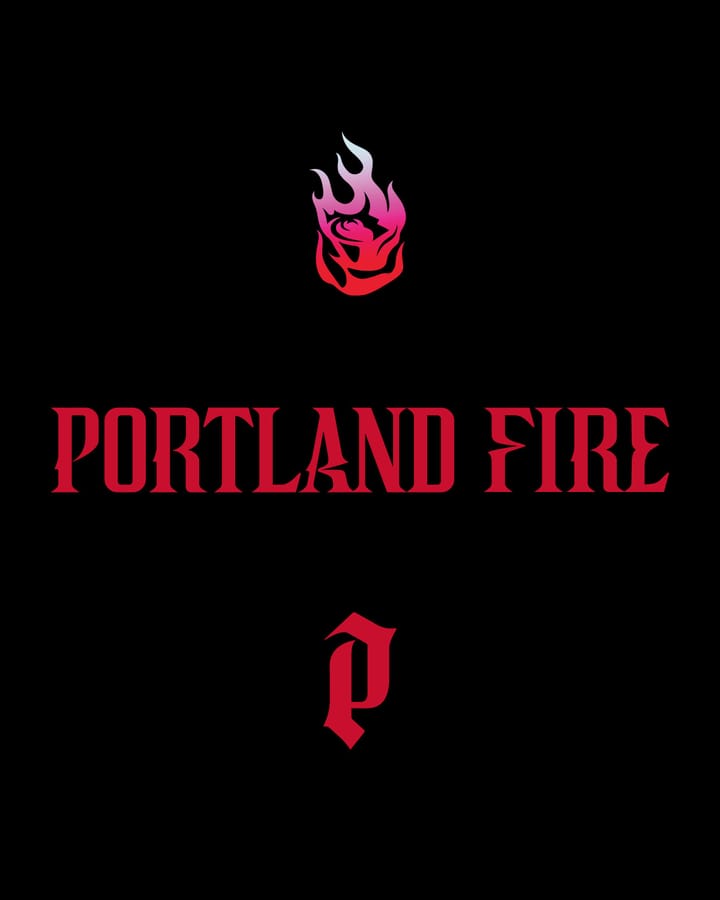At Long Last, Trail Blazers Have Their Own G League Team
The as-yet-unnamed team will debut at the University of Portland's Chiles Center this fall.

For many years, the Trail Blazers have been behind the rest of the NBA in the adoption of the G League. As nearly every team has added a minor-league affiliate, and the G League has expanded to include a standalone franchise in Mexico City and the draft prospect-focused G League Ignite, Portland has been one of two holdouts along with Phoenix.
Until now.
On Wednesday, the Blazers officially announced an as-yet-unnamed G League affiliate that will play at the Chiles Center on the University of Portland campus, starting when the 2023-24 season tips off this fall.
“It was very important to our organization to enter the G League with an affiliate here in Portland and strategically strengthen our dedication to player development,” Blazers general manager Joe Cronin said in a statement. “I would especially like to thank Jody Allen, who is aligned with Dewayne Hankins and myself, to make it a priority to have this team ready for next season as it will serve not only as a developmental tool for players but also for aspiring coaches and staff while we continue to be a mainstay in the community as a whole.”
It's a much-needed move for the Blazers, who have taken steps in the past year to build out a front-office staff and scouting operation that for years have lagged behind rival teams. The hiring of former ESPN draft guru Mike Schmitz as an assistant general manager last spring was the most high-profile change in this regard, but Cronin has quietly added considerably to a scouting staff that was one of the smallest in the league under his predecessor, Neil Olshey.
The addition of a G League team is another vehicle for player development. This season, Portland had both of its two-way contract spots filled by centers who were a ways away from being ready to contribute: former Florida State star John Butler Jr. and Senegalese prospect Ibou Badji. Had the Blazers had their own G League team, with a dedicated coaching staff, it would have been easier for Butler and Badji to get valuable game reps.
The Blazers made limited use of the G League this past season. Greg Brown III played two stints with the Ontario Clippers and Butler spent a week with the Stockton Kings in March.
Without their own team, the Blazers' only option was to send their players to other teams' G League affiliates based on location, to work with organizations that didn't have the same investment in their development. Presumably, the coaching staff of the G League team will be philosophically aligned with Chauncey Billups' vision for the Blazers, creating a consistent environment for development.
The G League is also a valuable tool for the development of coaches and front-office executives in addition to players. It's become common for younger coaches to work their way up in the G League. Thunder head coach Mark Daigneault got the job in 2020 after serving as head coach of their affiliate, the Oklahoma City Blue. Former Toronto head coach Nick Nurse also once coached Raptors 905 before joining Dwane Casey's staff with the Raptors and ultimately succeeding him as head coach.
Outside of Scott Brooks and Roy Rogers, Billups' staff is short on experience, and Cronin hinted at his end-of-season media availability that this was something they may look to address this offseason. Moving some of Billups' younger assistants to the G League staff to focus on player development and gain experience rather than simply letting them go could be a way for that problem to solve itself.
The G League is going to become even more valuable in the coming years, with the NBA's new collective bargaining agreement adding a third two-way contract slot.
This new team is not the Blazers' first foray into the NBA's minor league, which was once known as the NBA Development League. A decade ago, they had a single-affiliate partnership with the Idaho Stampede that lasted two seasons, from 2012 to 2014. There were a number of reasons why it didn't work out long-term.
The biggest one was location. The Stampede played in Boise, which is a seven-hour drive from the Portland metro area. That's just far enough away for it to be a hassle to send players back and forth on short notice. That kind of distance between teams and their affiliates wasn't uncommon back then; the way the G League is set up now, the vast majority of franchises have their G League teams in nearby suburbs, if not in the city itself.
The Chiles Center in North Portland is absolutely ideal in this regard—it's about five miles from the Moda Center and 17 miles from the Blazers' practice facility in Tualatin. It's now logistically possible for a player to practice with the Blazers during the day and play in a G League game that night, or vice versa.
This news is secondary to whatever is going to happen in a crucial summer for the Blazers, one that kicks off next month with the draft lottery ahead of a draft and free-agency period that will determine whether building a contender around Damian Lillard is in the cards. But for the long-term health of the franchise, and competitiveness with other organizations, finally adding a G League team is an unqualified positive.




Comments ()